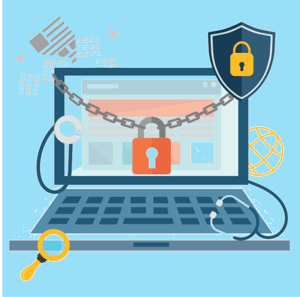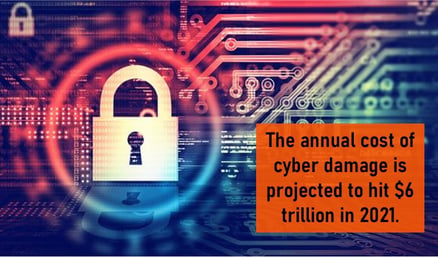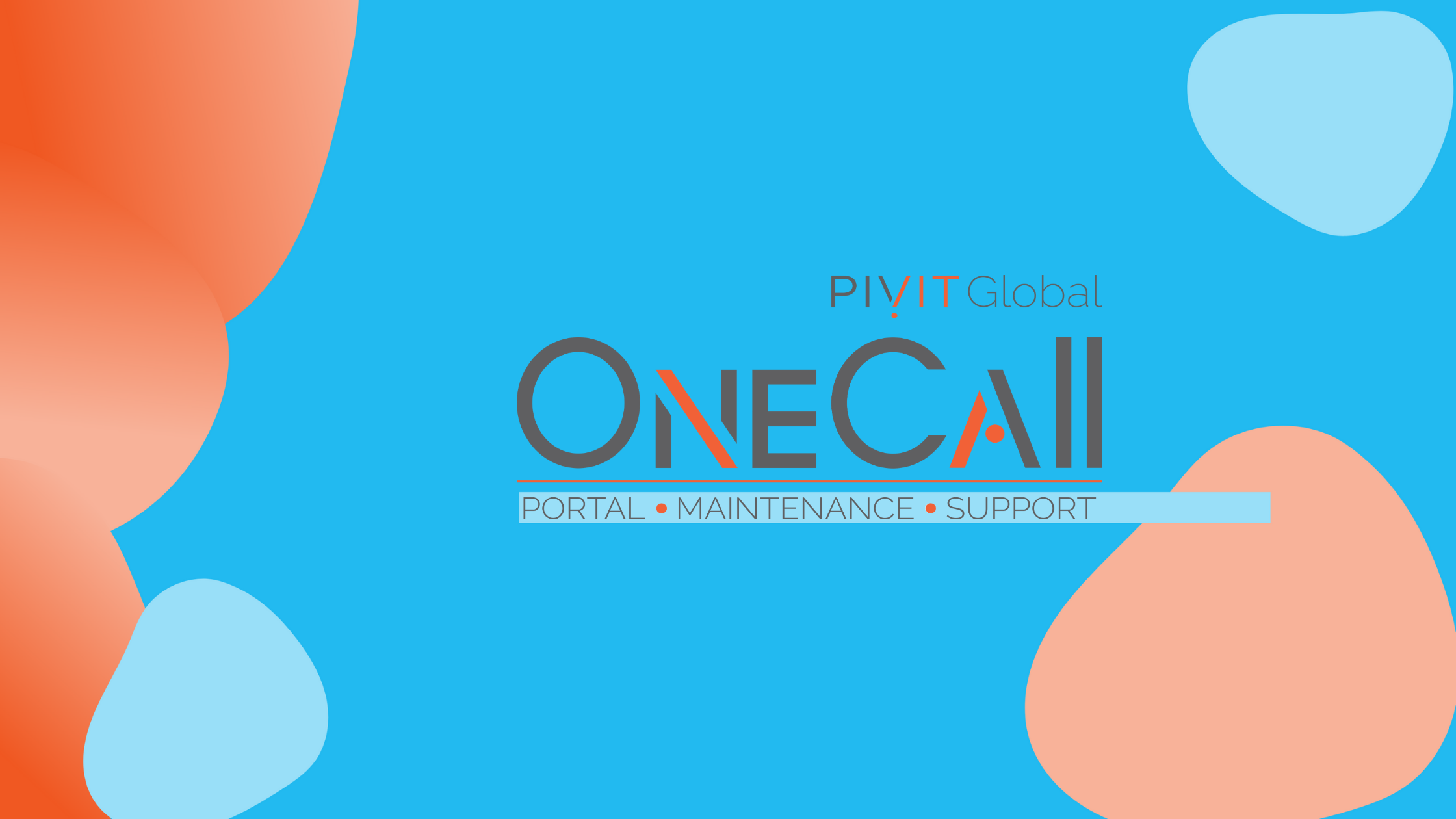Top Cybersecurity Trends in 2021…and Beyond
Top Cybersecurity Trends in 2021... and Beyond
For nearly a year now, the global COVID-19 pandemic has altered the way people and enterprises approach work and conduct business. In the rush to transition employees to work from home, cybersecurity was a bit of an afterthought. But now businesses are beginning to rethink their strategies, and as we step into 2021, cybersecurity experts and analysts predict that cybersecurity will continue to evolve even as most of the world enters a post-COVID-19 era.
For those wondering what the next 12 months may bring, and to help companies better understand how security will change, we outline a few cybersecurity trends to watch.
While navigating the coronavirus pandemic in 2020 remained one of the biggest challenges for global security organizations, companies are now beginning to transition to a new normal in 2021 and beyond — with an eye on recognizing and responding to new cybersecurity trends.
Cyber threats are not static. Millions are being created every year, becoming more potent and worrisome. As our world becomes increasingly reliant on advanced technologies for economic growth, our hardware serves as the foundation for digital trust.
 According to Cisco, implementing cybersecurity measures is particularly challenging today because there are more devices than people – and attackers are becoming more innovative. New types of cyber threats are being discovered nearly every day.
According to Cisco, implementing cybersecurity measures is particularly challenging today because there are more devices than people – and attackers are becoming more innovative. New types of cyber threats are being discovered nearly every day.
How businesses adapt and navigate through cybersecurity threats depends largely on staying a few steps ahead of those threats. Where are they most likely to increase, what tools should be developed, and how will these threats effect businesses across the globe?
Here are some key cybersecurity trends that can help security teams navigate through the blind spots:
Cloud Threats
A recent study found that 35% of companies surveyed said they plan to accelerate workload migration to the cloud in 2021. And "distributed cloud" (the migration of business processes to the public and private cloud) will be a focus for businesses in 2021 — which will have significant security implications.
Cloud-based security threats, which include reduced visibility and control, misconfigured cloud storage, incomplete data deletion, and vulnerable cloud-apps are predicted to disrupt business in the coming years.
AI Integration
According to market estimates, AI (artificial intelligence) in the cybersecurity market is projected to grow from USD 8.8 billion in 2019 to USD 38.2 billion by 2026. AI is set to help under-resourced security teams to stay ahead of the threats.
According to IDC, the global cloud services market spending is projected to reach USD 1 trillion in 2024. The recent cloud migration is set to introduce a host of new security threats and challenges.

Security Process Automation
According to Cybersecurity Ventures, the cybersecurity talent crunch is expected to create 3.5 million unfilled cybersecurity jobs in 2021, up by 350% from 1 million positions in 2014. This lack of experienced security staff gives way to increasing reliability on security process automation with tools that will eliminate repetitive security operations, thus eliminating errors and increasing efficiency.
Rise of Enterprise-level CSO's
Organizations that implement cyber-physical systems are set to deploy enterprise-level Chief Security Officers (CSOs) to collaborate with multiple security-oriented silos. This CSO can implement IT security, OT security, physical security, and supply chain security into a centralized model.
Zero-Trust Network Access (ZTNA)
Prior to COVID-19, most IT departments relied on Virtual Private Networks (VPN) to facilitate access to the corporate network for their remote workforces. But as the pandemic forced many employees to work remotely, VPNs just didn’t stand up to the demand. Zero-Trust Network Access (ZTNA) is emerging as a more sustainable and secure option for companies to maintain remote access to specific applications.
According to Gartner, 80% of new digital business applications will be accessed through ZTNA through 2021, and 60% of enterprises will transition to ZTNA by 2023.
Remote Work
Remote working has significantly changed the way businesses operate, and the trend shows no signs of slowing down. According to Gartner, 88% of global businesses mandated or encouraged all their employees to work from home due to the pandemic. Skybox's Cybersecurity in the New Normal survey shows that 70% of organizations expect at least a third of their remote workers will remain so in 18 months. Organizations need to implement effective tools to ensure that remote access capabilities are secure.
Organizations must have a framework for how they deal with both attempted and successful cyber-attacks. PivIT is here to guide you in all your infrastructure needs. Whether you're planning a project from square one or just need a few things to get by, we've got you covered.

Share this
You May Also Like
These Related Stories
PivIT’s Top Shelf Partnership with Palo Alto Brings New Opportunities To Help You Do IT Better
Work-From-Home Challenge, Part 2: Remote Team Communication and Collaboration


No Comments Yet
Let us know what you think